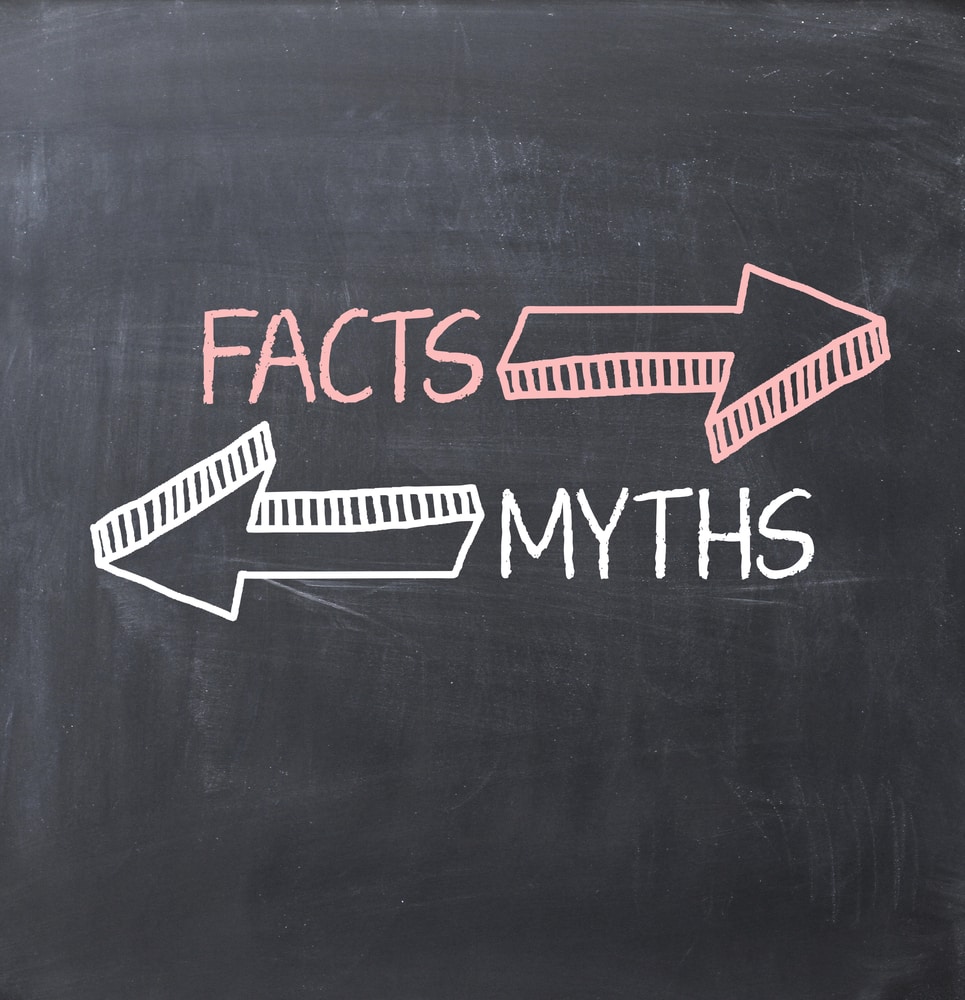Uncovering Myths About Bone Marrow Transplants
Unfortunately, there are many myths associated with bone marrow transplants. The lack of education can make people believe being a donor is scary, when it’s not a scary thing at all! Uncovering myths about bone marrow transplants could save lives.
Myth #1: bone marrow donation is painful
With all the new technology around us, there are actually 2 ways to give bone marrow! While there is some discomfort associated with both methods, they are quick processes that require minimal healing time.
The first method is called peripheral blood stem cell donation. Stem cells are collected from the bloodstream using a nonsurgical, outpatient procedure called aphaeresis. If necessary, five days prior to donation, the donor is given injections of a drug called filgrastim to increase the number of stem cells in the blood. The donation itself involves having blood removed through a needle in one arm and returned to the body through a needle inserted in the other arm. This procedure takes about 4-8 hours and the donor typically goes home the same day.
The second method is bone marrow transplantation. Marrow cells are collected from the back of the pelvic bone using a syringe. The donor receives general anesthesia, so no pain is experienced during the procedure. This method takes about 1-2 hours. The donor may experience slight back pain for a few days, but is able to safely return back to their normal life after a few days of rest and relaxation
Myth #2: bone marrow donation may have long-term consequences
Donating stem cells by either method is relatively harmless to the donor. Levels typically return to normal within a few weeks of the donation and donors are free to return to work, school, or most other activities within 1 to 7 days.
The use of anesthesia during donation may cause the donor to feel tired or weak for a few days, but there are no long term effects from donating.
Myth #3: bone marrow is taken from the spine
Bone marrow donation actually has nothing to do with the spine. Peripheral blood stem cell donation is used in about 75 percent of cases and involves collecting blood stem cells from the bloodstream. For bone marrow donation, which is the less common method, marrow is extracted from the back of the donor’s pelvic bone – not the spine – by using a special syringe.
Myth #4: bone marrow donation is expensive
A bone marrow transplant is indeed very expensive, but there is no cost to the donor at all! For donors who register with DKMS, their organization will take care of travel costs, meals, lodging expenses, and the patient’s health insurance covers the cost of donation exams and the procedure itself.
Myth #5: family members can donate all needed bone marrow
False! When a stem cell transplant is being considered, doctors look to patients’ families first for a match, starting with siblings, who have 1 in a 4 chance of being a match. Only 30% of patients are fortunate enough to find a match within their own family. The vast majority of patients in need of a transplant must rely on donors outside their families. The need for donors is critical, especially for those from racially and ethnically diverse communities who face much lower odds of being able to find a match.
Myth #6: a donor’s age doesn’t matter
Age definitely matters! Age guidelines aren’t meant to discriminate, but are there to protect the safety of the donor and provide the best outcome for the patient. This is based on medical research and it shows that younger donors are best for patients and provide the greatest chance for transplant success!
Myth #7: “Once I’m on the registry, I can’t change my mind”
False! You have the right to change your mind about being a donor at any time. Donating is always voluntary. However, it is always important to seriously consider this before registering. If you are matched with a patient in need and decide to back out, this could be detrimental to the patient’s health and could cost their life.
Myth #8: “I’ll never be a match”
1 in 430 members will go on to donate bone marrow or peripheral blood stem cells to patients. Due to diversity, there is no prediction of the likelihood of donation. You may never be identified as a match for someone or you might be one a number of potential matches. Either way, you could be the one and only key to save a patient’s life.
There are tons of other myths regarding bone marrow and bone marrow transplants but my best advice is to do your research! There are so many resources out there including Hero to help you learn more about bone marrow transplants.
If you would like more information on uncovering myths about bone marrow transplants, or have any other questions, you can check out DKMS’ website, contact There Goes My Hero at 443-339-4376, or email us at charis.taylor@theregoesmyhero.org.

